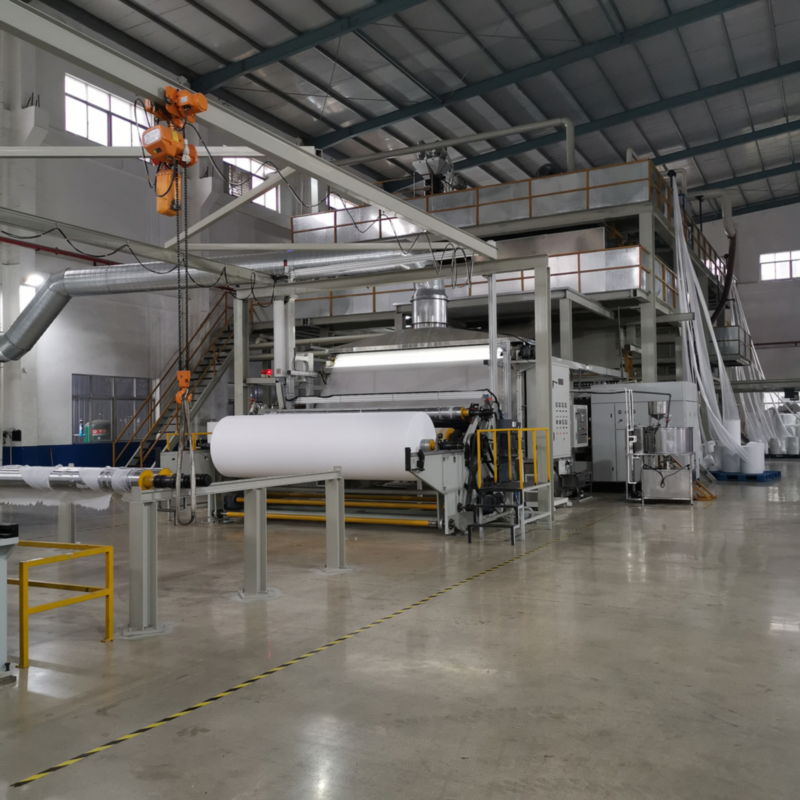Spunlace nonwovens, also known as hydro-entangled nonwoven materials, play a crucial role in the modern medical and healthcare industry. Their versatile properties and applications have made them an indispensable component for hygienic and medical products.
What are spunlace nonwovens?
Spunlace nonwovens are manufactured through a special production process that uses high-pressure water jets to weave fibers together. This process makes the fabrics particularly strong, flexible and skin-friendly. Since they do not require chemicals, they are environmentally friendly and safe for use in sensitive areas such as medicine.
Why are they so important in the healthcare industry?
1. Hygiene and safety
Spunlace nonwovens are highly absorbent and provide an excellent barrier against germs and bacteria. They are commonly used in products such as surgical drapes, protective clothing and sterile packaging.
2. Comfort and skin-friendliness
These fabrics are soft and do not irritate the skin, making them ideal for products such as patient pads, wound dressings and face masks.
3. Cost effectiveness
Because spunlace materials can be produced in large quantities and do not require complex manufacturing processes, they are a cost-effective solution for many medical applications.
4. Versatility
In addition to the healthcare industry, spunlace nonwovens are also used in areas such as cosmetics, e.g. B. in wet wipes, as well as in industry, e.g. B. with cleaning cloths.
Current trends and developments
The demand for sustainable materials has led to innovations in the production of spunlace nonwovens. Manufacturers are increasingly turning to biodegradable fibers to reduce their environmental footprint.
conclusion
Spunlace nonwovens are an indispensable part of the modern medical and healthcare industry. Their unique properties make them an ideal choice for a variety of applications. Given the growing demand for sustainable and hygienic solutions, their importance in the industry will continue to increase.



